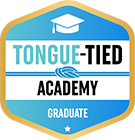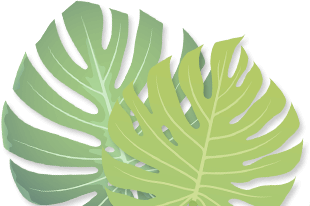What is a TOT?
Infant Tongue Tie
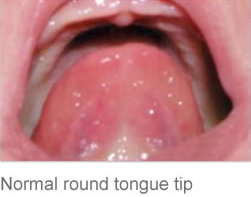
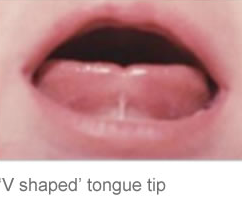
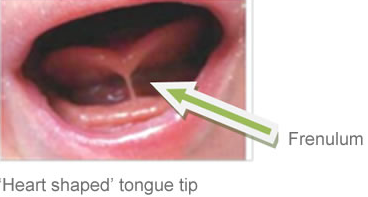
.jpg)
Infant Lip Tie
.jpeg)
.jpg)
Collaborative Care Treatment Approach
- delaware.gov
- thebirthcenter.com 302-301-3360
- mindfulmotherhoodlactation.com 302-245-2409
- http://peaandthepodchiropractic.com 302-455-PEAS (7327)
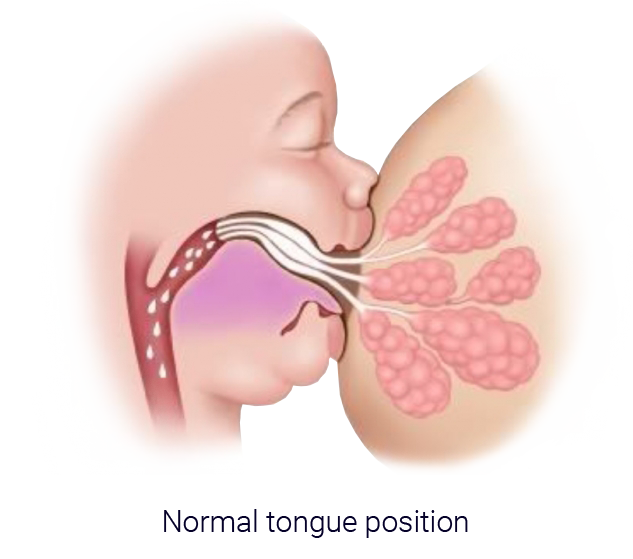
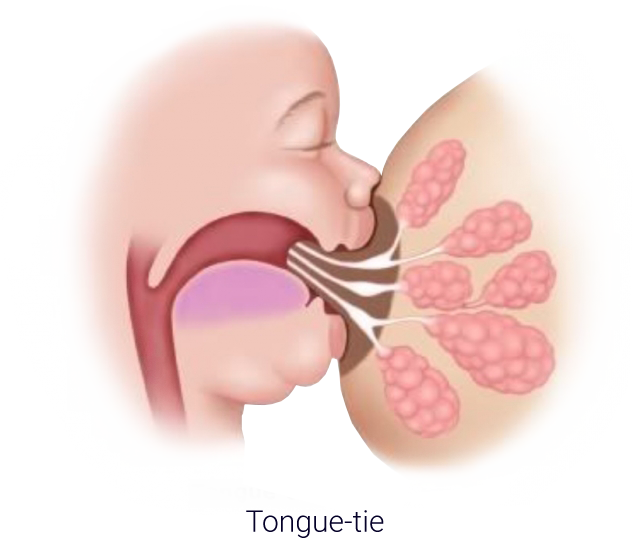
Treatment
The tongue tie and/or lip tie is released using a state of the art CO2 laser by LightScalpel. The oral mucosa (fascia) is vaporized away releasing the tense or restrictive tissue. This permits the lip and/or tongue to move freely.
.jpg)
(3).jpg)
Along with the tissue release the older patients will receive myofunctional therapy (physical therapy for the tongue) before and after your frenulum release. Myofunctional therapy helps strengthen the tongue and orofacial muscles through exercises that re-train the tongue and muscles to function properly.
General Anesthesia is not needed for a tongue-tie, lip-tie procedure. We use nitrous oxide and local anesthetic for the older children, and topical anesthetic for the babies.
INFANT Lip & Tongue
Before After 20 days
Toddler Lip
Before After
Teenager Tongue
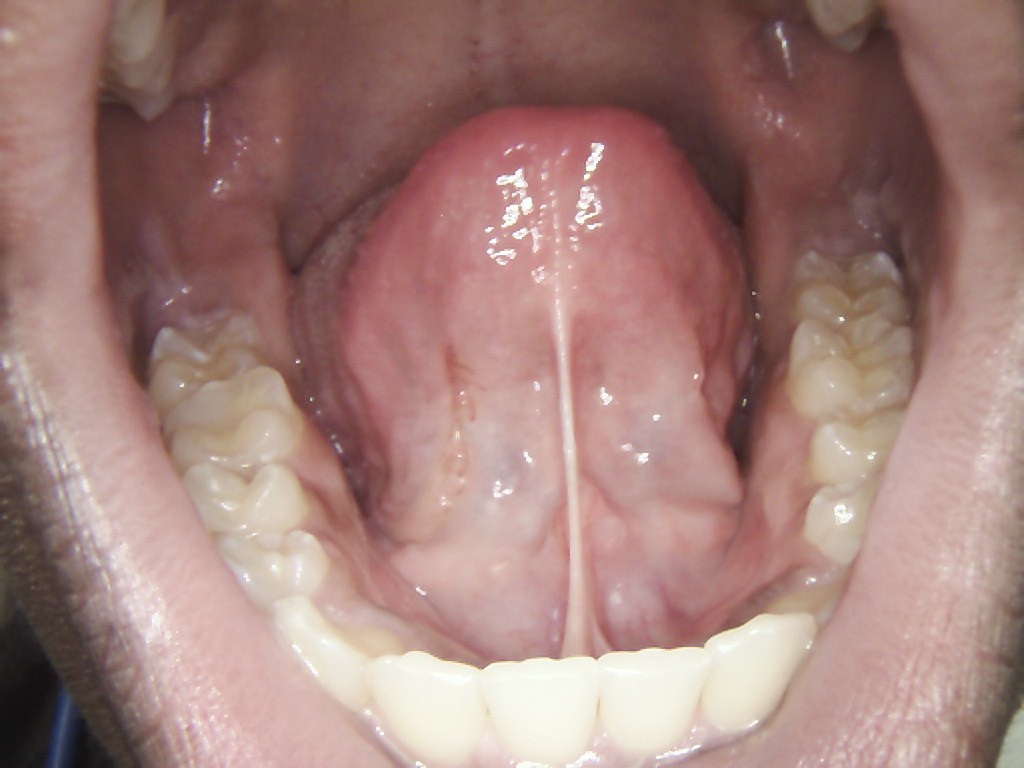
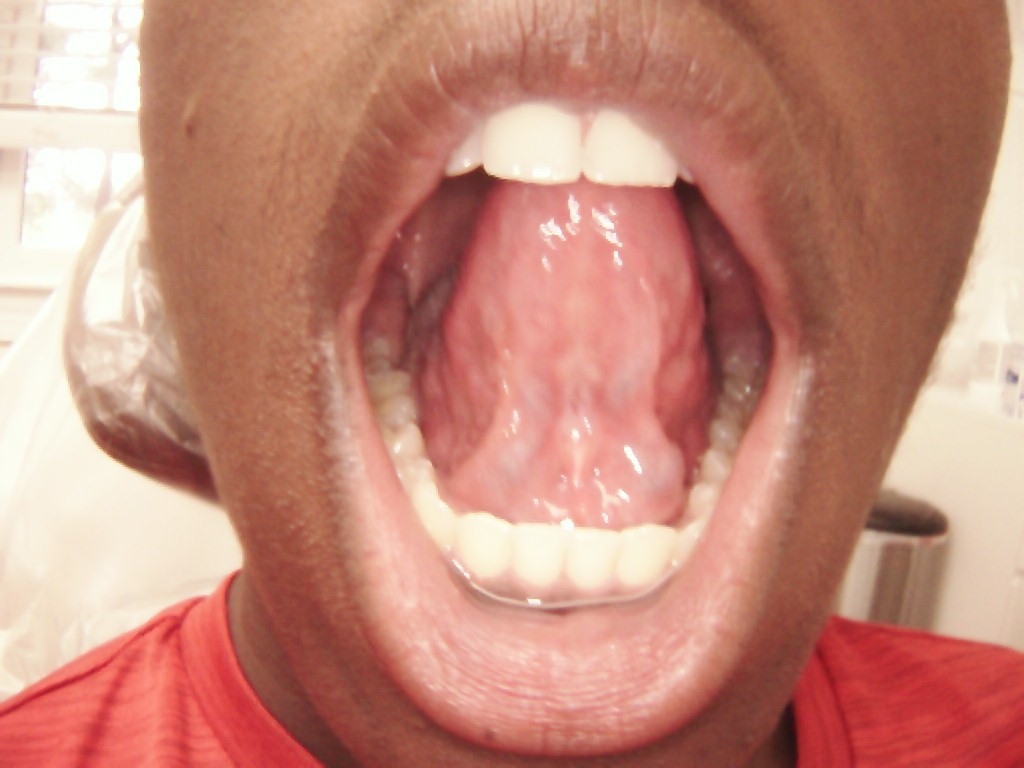
Before After
Frequently Asked Questions about lip ties/tongue ties...

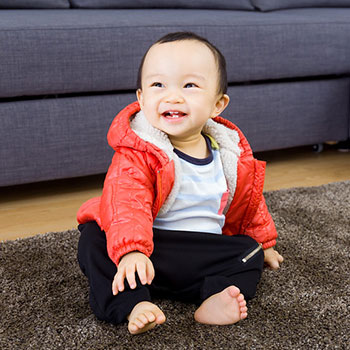

.JPG)
.JPG)

